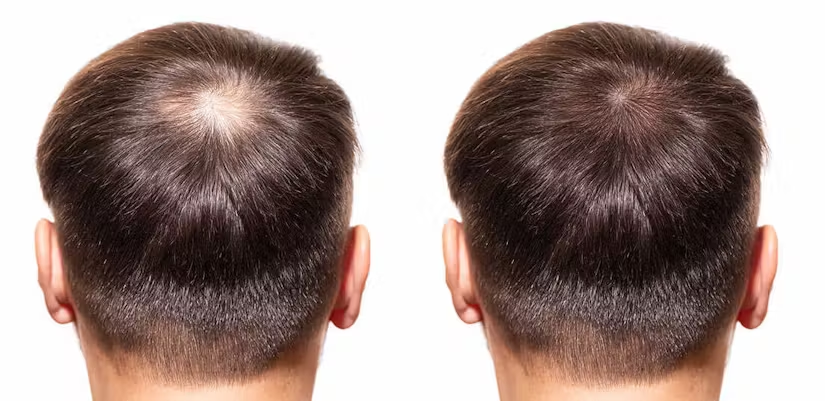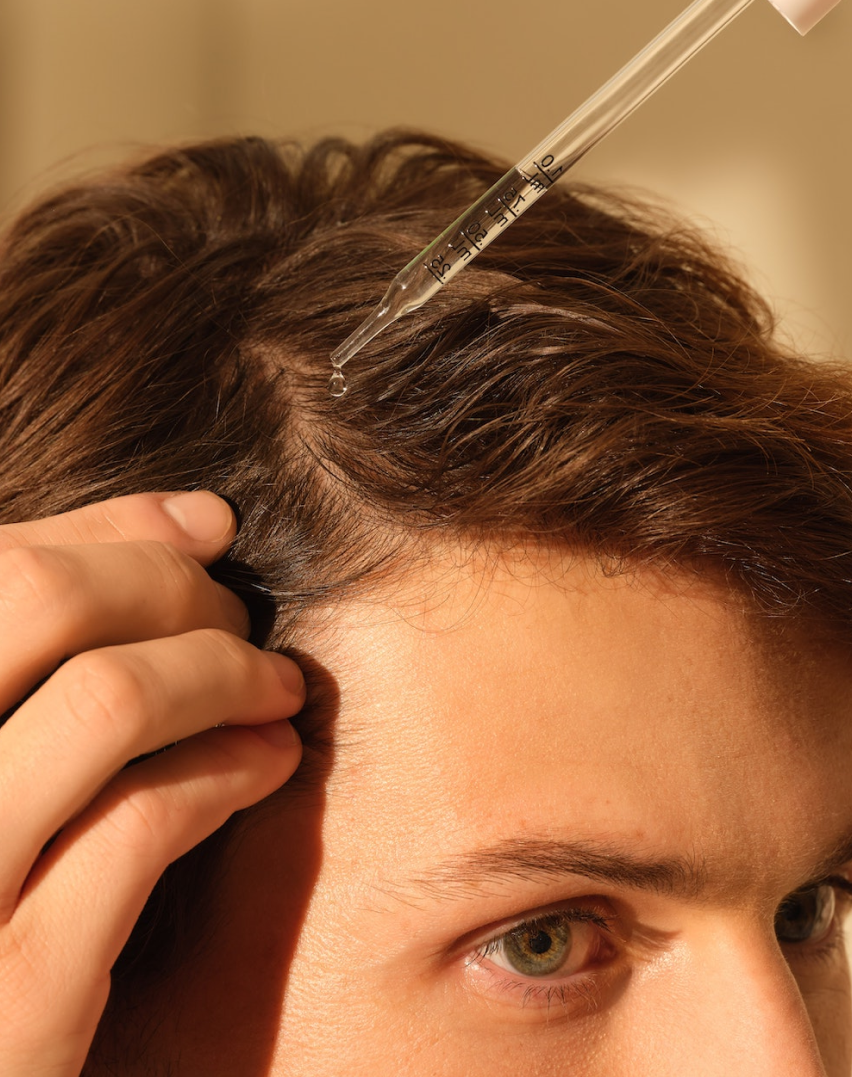Hair loss is a common issue faced by millions of men and women around the world. Whether it’s thinning hair, bald spots, or a receding hairline, finding a solution can feel overwhelming. One of the most widely used and clinically approved treatments for hair loss is Minoxidil. But one of the most frequently asked questions is: How long does it take for Minoxidil to work?
If you’ve just started using Minoxidil or are considering trying it, this article will give you a realistic timeline, what to expect at each stage, and how to maximize your results.
What Is Minoxidil?
Minoxidil is a topical solution or foam that’s applied directly to the scalp. It’s FDA-approved for treating hair loss and is available in 2% and 5% concentrations. Originally developed as a medication for high blood pressure, Minoxidil was found to promote hair growth as a side effect—leading to its now widespread use as a hair regrowth treatment.
It works by increasing blood flow to the hair follicles, extending the hair growth cycle (anagen phase), and reviving miniaturized follicles.
When Will You See Results?
Hair growth is a slow and gradual process, so it’s important to have realistic expectations. Here’s a month-by-month breakdown of what you can expect when using Minoxidil consistently:
Month 1: Early Shedding Phase
Don’t be alarmed if you notice more hair falling out than usual. This is known as the shedding phase, and it’s actually a good sign. It means Minoxidil is starting to work by pushing out weak, thin hairs so that stronger ones can grow in their place.
- What to expect: Mild scalp irritation, dryness, and increased shedding.
- Important tip: Stay consistent. Shedding is temporary and usually lasts 2–4 weeks.
Months 2–3: Early Growth Begins
By this stage, the shedding should slow down, and some users may start to see fine, soft baby hairs growing in thinning areas. These new hairs might be lighter in color and thinner, but they’re a sign that the hair follicles are responding.
- What to expect: Baby hairs around the temples, hairline, or crown.
- Keep in mind: Growth may be subtle. It’s still early.
Months 4–6: Noticeable Results
This is when the real progress often starts to show. The baby hairs may begin to thicken, darken, and blend in with existing hair. Many users report reduced hair loss and visible improvements in scalp coverage by the 4th or 5th month.
- What to expect: Fuller-looking hair, less hair in the shower or brush.
- Tip: Take progress photos monthly to compare.
Months 6–12: Maximum Effectiveness
The majority of users reach peak results between 6 and 12 months of consistent use. By now, the new hair should be stronger and healthier, and hair loss should be significantly slowed down—or even stopped.
- What to expect: Thicker, healthier hair growth; restored hairline or crown coverage.
- Important: Don’t stop using Minoxidil—even if results are good. Stopping the treatment will likely result in losing the new hair within a few months.
Factors That Affect Results
Several factors can influence how quickly and effectively Minoxidil works:
- Consistency: Daily use is essential. Missing applications can reduce effectiveness.
- Concentration: 5% Minoxidil typically shows better results than 2%, especially for men.
- Age & Genetics: Younger users and those with a family history of early hair loss may respond differently.
- Severity of Hair Loss: Minoxidil works best in people with recent or mild hair thinning.
- Scalp Health: Conditions like dandruff or dermatitis can affect absorption.
How to Maximize Minoxidil’s Effectiveness
Here are a few tips to help you get the most out of your treatment:
- Apply to a dry scalp—wet skin may reduce absorption.
- Use the recommended dosage—don’t overuse.
- Be patient and persistent—results take time.
- Avoid washing your scalp for at least 4 hours after application.
- Pair with a healthy lifestyle—a balanced diet and stress management help.
When to Seek Help
If you don’t see any improvement after 6 months of consistent use, or if your hair loss is getting worse, consult a dermatologist. They may recommend other treatments such as:
- Finasteride (oral medication)
- Platelet-Rich Plasma (PRP) therapy
- Hair transplants
- Scalp Micropigmentation
Final Thoughts
Minoxidil can be a game-changer for people experiencing hair loss—but it requires time, consistency, and patience. Most users begin seeing results within 3 to 6 months, with full results typically visible by the 12-month mark. Stick to the routine, manage your expectations, and you’ll have a higher chance of success.
Hair regrowth is a journey—but with Minoxidil, you’re on the right path.





